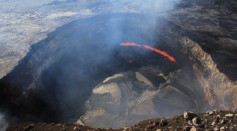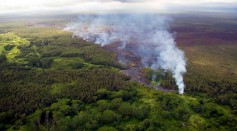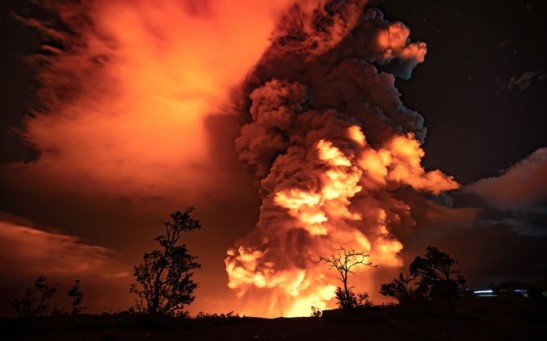Kilauea Volcano

Seismic Changes on Hawaii’s Kilauea Volcano Prompt Warnings And New Research

What’s the Worst Case Scenario? Hawaii’s Kilauea Lava Flow

Hawaiian Kilauea Volcano Lava Flow—Update (Oct. 28)

Hawaiian Lava Flow Prompts Evacuation on Big Island
Most Popular

How Technology Is Changing the Real Estate Industry?

Study Reveals High Turnover in Scientific Research Careers: What This Means for Future Scientists

How a Plant-Based Diet Can Protect Against Breast Cancer: Insights from Nutrition Research

Why It's So Difficult to Lose Weight: The Biological Explanation Behind Obesity






